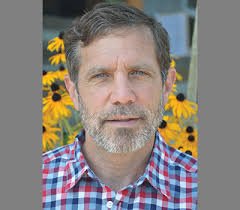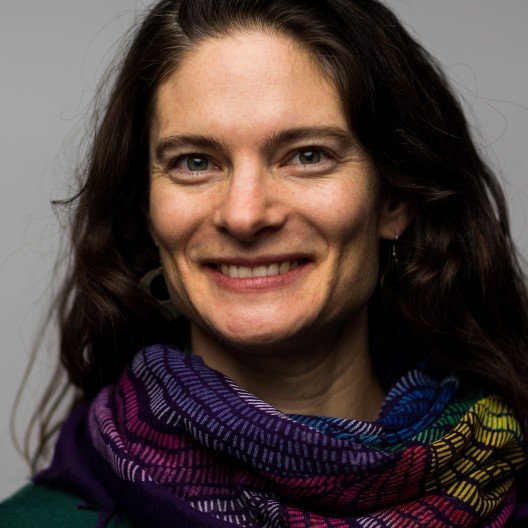COLDEX Oldest Ice Science Short Course
Learning Objectives for the 2026 course:
Day 1 learning objectives, Participants will be able to:
TBA
Day 2 learning objectives, Participants will be able to:
TBA
Participants and instructors from the 2023 Oldest Ice Science Short Course on Whidbey Island, Washington.
Resources and Frequently Asked Questions for participants
-
Before and during the short course, contact Keely Corder (keely.corder@oregonstate.edu)
After the short course, contact Tricia Torris about any clarification needed for reimbursement (torrist@oregonstate.edu)
-
TBD
-
TBA
-
TBA
-
From 2024: Please see the attached 3 minute video explaining how to get to the service center from 30th street - https://www.youtube.com/watch?v=6xVl-vb8p0g
(please ignore that I say hi to everyone from Project Ice and also that it is very shaky!)
You will also receive an email from the OSU Housing Office with specific instructions, especially for those of you who will arrive after the service center is closed.
-
From 2024: The majority of our time will be spent in Burt Hall room 193.
You can check out a very quick YouTube tour of Burt 193 here:
https://youtu.be/vWDLqAVVTXwThe accessibility pluses for this room are:
great natural light
large projector screen with additional large screen monitor showing duplicate material
close proximity to a parking lot
very close proximity to bathrooms (20 feet) and filtered water station (50 feet)
In the College of Earth, Ocean, and Atmospheric Sciences (CEOAS) at OSU, which is across the street from where the COLDEX annual meeting reception will be on September 8 at 6 pm (see more about the COLDEX annual meeting below).
One challenge:
The chairs have small side desks common in larger lecture halls ("left" and "right" are available)
We will also be in the Marine and Geology Repository (MGR), where you may be stepping into an ice core freezer (temperature around 0 degrees F). We will travel to the MGR together in two, 12 person university vans during the afternoon on Day 1 (September 7).
-
From 2024: There will be multiple networking opportunities and so we suggest you wear business casual clothing. The dorm is 0.5 miles from Burt Hall, so bring comfortable walking shoes. Layers will also be helpful as early September in Corvallis, OR can still be quite warm (75 to more than 90 degrees Fahrenheit) but the buildings will be air-conditioned.
Check out Google Maps directions from West Hall to Burt Hall here.
-
TBA
-
Here is the Google site for the COLDEX annual meeting.: TBA













